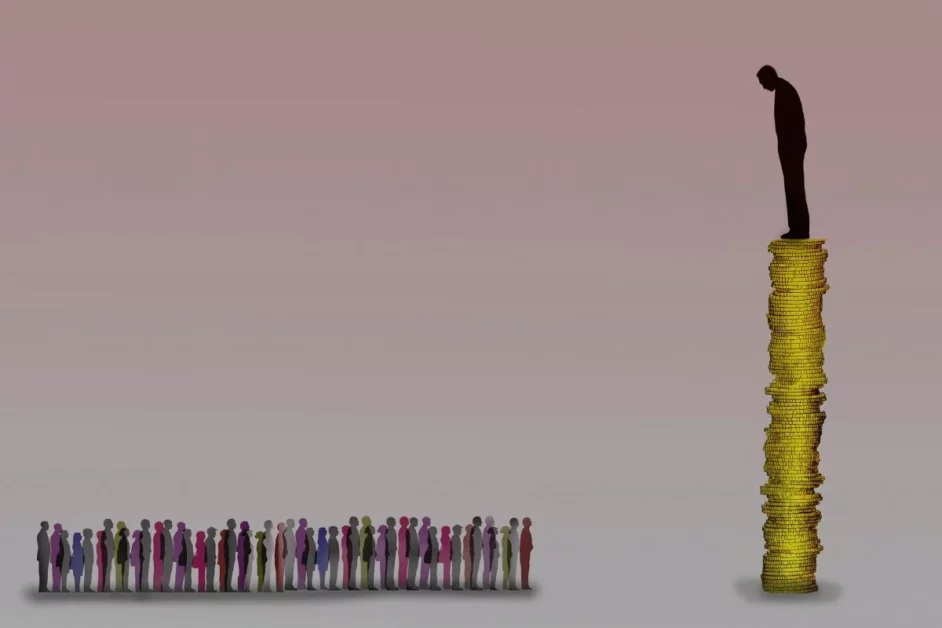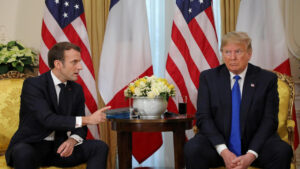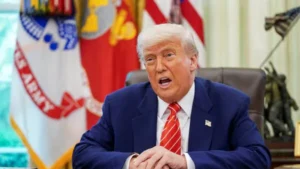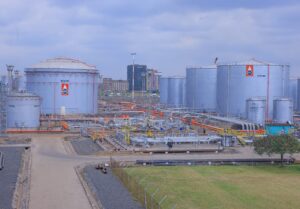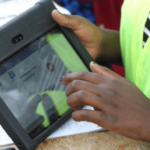According to a recent data report from the Kenya National Bureau of Statistics, the gap between the rich and poor (wealth gap) widened greatly after the COVID pandemic. Income inequality is reported to have risen from 35.8 percent in 2020 to 38.9 percent in 2021.
Some possible factors that are believed to have widened the gap are:
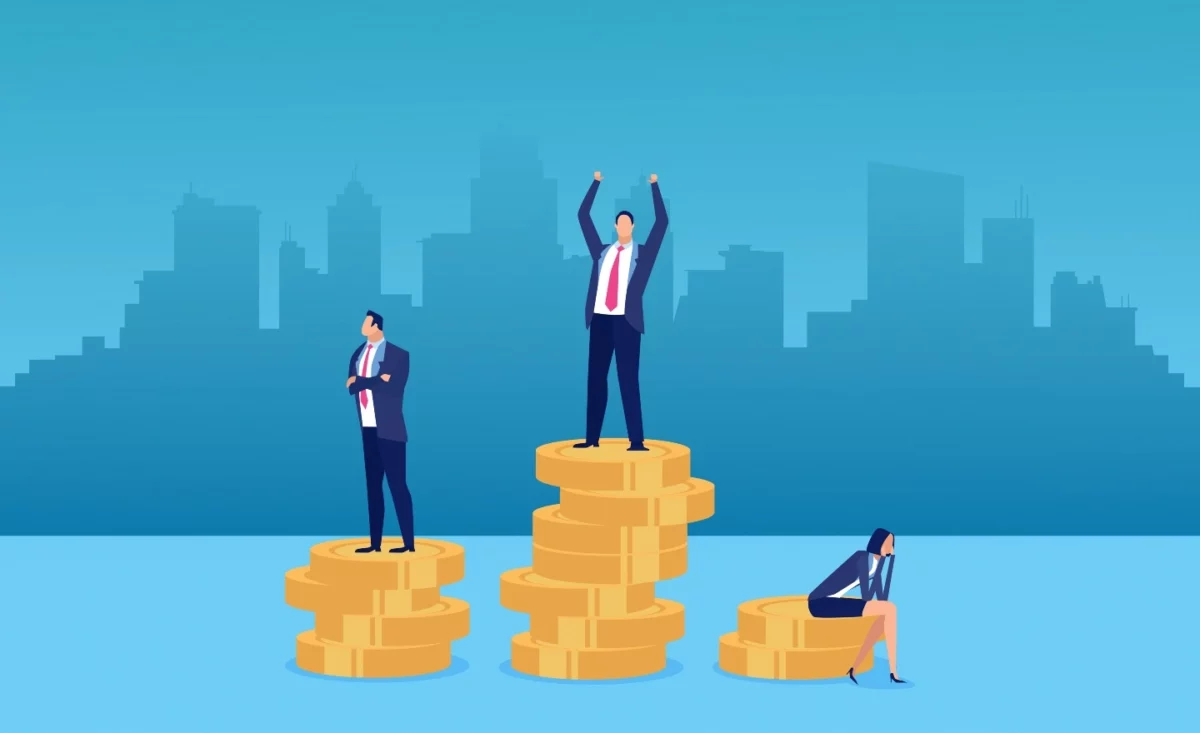
Income Inequality
The poor in the society strive to make a living. With the rising cost of living and taxes imposed, they have no other alternative but living from hand to mouth. The little they get ends up catering for their food expenses. Others barely make enough to foot their bills. Setting aside money for savings and investments therefore is not an option to them.
The wealthy on the other hand have made investments in different sectors including the stock market. When their stocks go up, they reap big from the dividends adding value to their wealth which further widens the gap.

Literacy
Both academic and financial literacy are key. The less fortunate rarely have access to quality education which is meant to equip them with key skills that might be required in the job market. This might place them a step behind the fortunate ones when job hunting.
Read Also:5 Sports Associated with Wealth and Status
The wealthy heavily invest in education which equips them with skills that place them at the top.
On financial literacy, the financially literate know how to plan their finances and grow their wealth. The financially illiterate on the other hand have little or no information concerning money management. They do not know how to make wise financial decisions and plan ahead.
Wealth gap is an imperative issue and unless we (the government and the general public, individually) take a deliberate step to address it, it will persist.
Subscribe to our Youtube channel Switch TV


